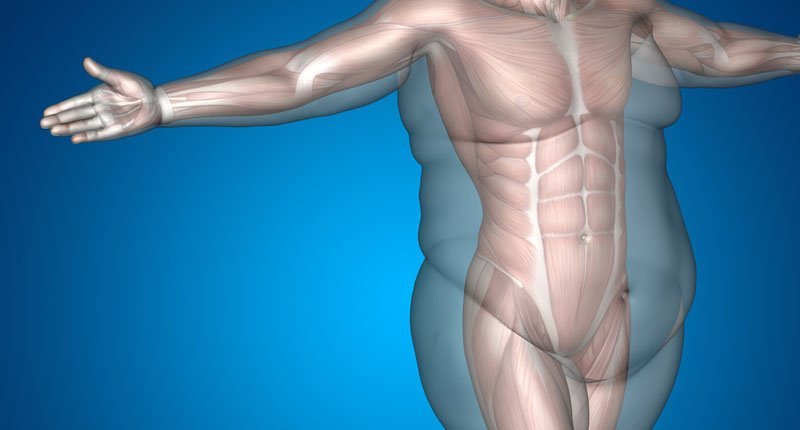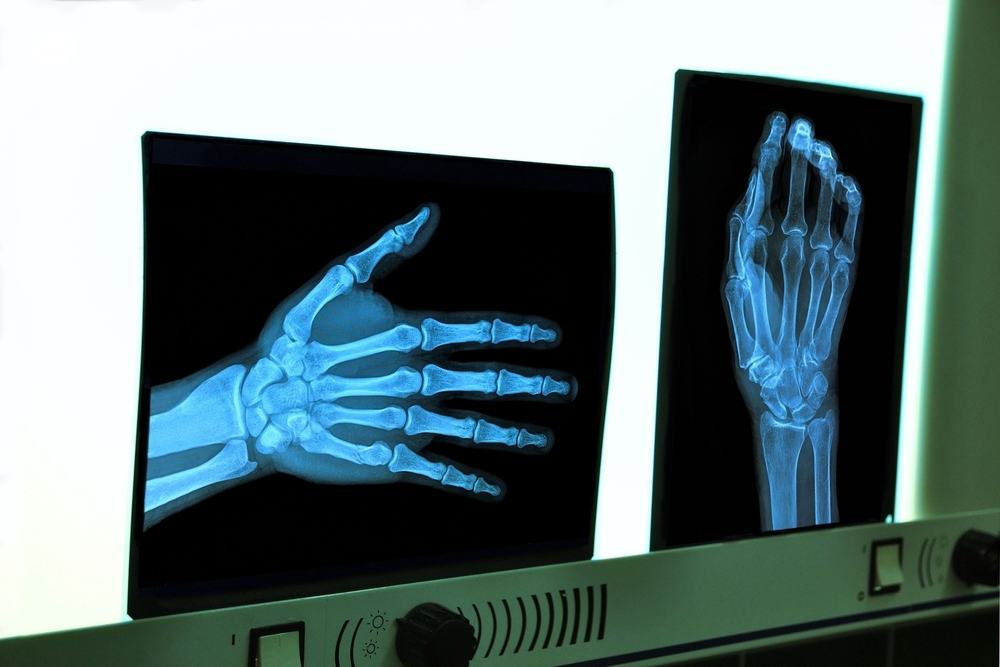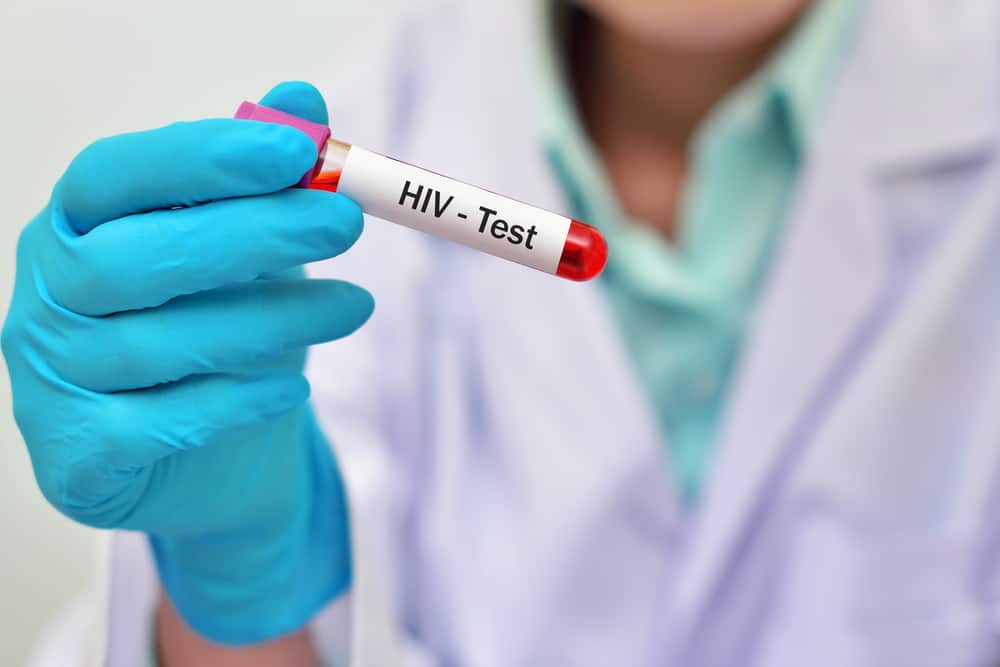Contents:
- Medical Video: How Does Exercise Impact Weight Loss?
- Our body needs fat
- Get to know adipose cells, where fat is stored in the body
- Different fat storage centers in the body of women and men
- Where is the adipose cell in our body?
- Subcutaneous fat
- Visceral fat
Medical Video: How Does Exercise Impact Weight Loss?
Do you know where the fatty foods you eat are stored? Or how can excess fat accumulate only in the stomach or some other body parts? Does fat have a certain storage area so that the parts of the body that look 'containing' are just that?
Our body needs fat
The wrong assumption if you think that fat is bad and is not needed by the body. Fat is like other macro nutrients, namely protein and carbohydrates. The amount is needed quite a lot in the body when compared to micronutrients. Fat serves to help metabolize fat-soluble vitamins, namely vitamins A, D, E, K, plays a role in hormone synthesis, and becomes a backup energy source when the body runs out of carbohydrates which are the main energy source.
The thing that makes fat bad for health is the type of fat that then accumulates in various parts of the body, making you overweight, even obese.
READ ALSO: 6 Types of Obesity: Which Are You?
Get to know adipose cells, where fat is stored in the body
In the body there is a network called adipose tissue. This network is a network that serves to accommodate fats that enter the body. The amount of adipose cells depends on the amount of fat that enters, the more fat enters, the more adipose cells are formed to hold fat.
When these fats are not used as energy reserves, the fat will accumulate and cause weight gain. Conversely, if you do a good diet and apply regular exercise, fat will be used and not collected in adipose cells. Fat is not only obtained from various fatty foods. Foods that contain carbohydrates can be converted into fat in the body if there are too many.
READ ALSO: Obesity is not always caused by eating too much
Different fat storage centers in the body of women and men
Adipose tissue is spread in various parts of the body, such as in skin tissue, between the muscles, around the kidneys and liver, behind the eyeball, and around the abdomen and chest. But basically, the distribution of adipose tissue depends on gender or gender.
In men, adipose tissue accumulates more in the abdomen and waist, while more women accumulate at the hip and waist. This distribution or distribution also depends on genes and other factors, such as alcohol consumption habits, smoking habits, and diet. Then, where are these adipose cells located? Do these adipose cells cause obesity?
Where is the adipose cell in our body?
Subcutaneous fat
Subcutaneous fat is fat found under the surface of the skin. This fat can be measured by a device called a caliperskin-fold who can estimate total body fat. Overall, subcutaneous fat is found on the buttocks, hips, and sometimes on the surface of the stomach skin. This type of fat may not cause health problems or disorders, but subcutaneous fat contained in the stomach can be harmful to health.
Mostly, the fat deposits in the buttocks and hips are experienced by female groups. Women who have fat deposits in these parts, usually called having a body shape like a pear or pear-shaped. Fat accumulates in the buttocks and on the hips will last until the woman reaches menopause. After menopause, more fat will accumulate in the abdomen and abdomen.
READ ALSO: Weight Drops, Doesn't Mean Reduced Body Fat
Visceral fat
Unlike subcutaneous fat which is near the surface of the skin, visceral fat is actually between the organs of the body. Therefore experts say that people who have visceral fat in their bodies are at risk of experiencing various degenerative diseases, such as heart disease, diabetes mellitus, strokes, and even dementia.
Visceral fat is defined as fat in a deep position, binding and surrounding organs in the body. Almost all people who have a distended stomach, we can be sure to have a lot of visceral fat in their bodies. Although the proportion of visceral fat with subcutaneous fat is not yet known around the abdomen, but the fat in the abdomen can be measured and seen using a CT scan.
Subcutaneous fat and visceral fat in the body are formed from 50% of the fat consumed. For example, you consume 100 grams of fat, then 50 grams will be stored into subcutaneous fat and visceral fat. People who have fat deposits in the upper body, including visceral fat in the stomach, are at higher risk for metabolic disorders and degenerative diseases compared to the fat deposits in the lower body.
READ ALSO: Why Bloated Stomach Is More Dangerous Than Ordinary Obesity












